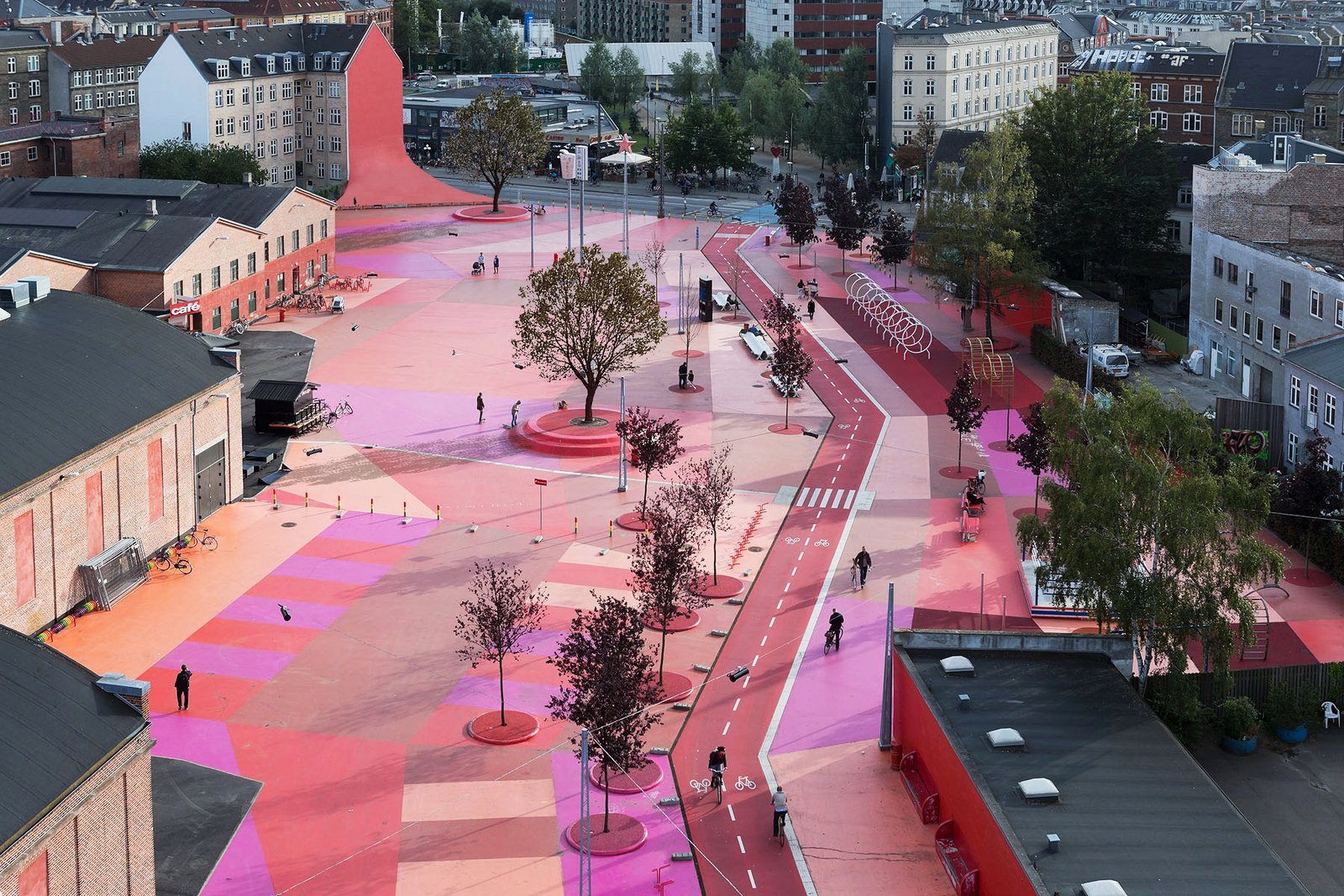Intersectional Design: Rethinking Architecture for the Future
[ad_1]
Intersectional Design: Rethinking Architecture for the Future

Design stems from nuance, empathy, and understanding. The best solutions address the needs, identities, and context of a client and place. A designer’s response needs to be informed by these different realities. Intersectional Design is a method of designing by thinking through how factors of identity (gender, race, sexuality, class, and many more) interact with one another. In understanding how these factors combine, we can more deeply understand the context of use and an individual user’s priorities.

Intersectionality is a term coined by Kimberlé Williams Crenshaw that recognizes individuals may face multiple and intersecting forms of structural discrimination. By incorporating different communities’ experiences with culture, policies, and design, we can create more inclusive and equitable environments. There are many resources available to help navigate the process itself. These include outreach and consultation with key groups through toolkits like Joanna Simpson’s Guide to Applying Intersectionality, as well as inclusive policies, representation, and training. Intersectional Design is grounded in a willingness to learn and self-examine a designer’s own biases.

For the Association for Women in Architecture + Design’s 2018 annual symposium, the chosen topic and theme was intersectionality. “Intersectionality is not easy. It’s not as though the existing frameworks that we have – from our culture, our politics, or our law – automatically lead people to be conversant and literate in intersectionality. Intersectionality draws attention to invisibilities that exist in feminism, anti-racism, in class politics, so obviously it takes a lot of work to consistently challenge ourselves to be attentive to aspects of power that we don’t ourselves experience. I think that the same kind of openness and fluidity and willingness to interrogate power that we as feminists expect from men in alliance on questions of class should also be the expectation that women of color can rely upon with our white feminist allies.”
Their goal was to embrace and acknowledge these allied diverse practices is an essential part of intersectionality. It explored how an intersectional approach recognizes the different types of discrimination as points of overlap or as coming together at a point of intersection. As they note, intersectionality in architecture and the built environment disciplines is not just about the politics of recognition but extends to a framework of collective responsibility and action toward practices that are inclusive, egalitarian, and socially just. As both a method and an overall methodology, it can be applied at every stage of the design process.

Andrés Jaque also offered an approach to intersectional architecture as the founder of the New York and Madrid–based Office for Political Innovation. In the design for an experimental school, they considered the daily life of its students, but also the larger context that they will occupy. Their approach extended to structuring an ecosystem that addresses its own consumption, and in turn, teaching the students about sustainability. “We’re also currently designing a house on one of the outer islands near Corpus Christi, Texas. Our proposal offers solutions on different levels. On one hand, it’ll serve as a getaway for a Dallas-based family; on the other, it’ll collect fresh rainfall to irrigate the surrounding mangrove—an important line of defense that can combat erosion and rising sea levels. The house can accommodate the owner’s almost hedonistic desires while still ensuring the survival of its surroundings. What we’re realizing in our practice is that architecture needs to simultaneously cater to different realities within a single response. A design has the ability to address often disparate elements and perspectives.”

As architecture and design collective Matri-Archi explained, in their approach they see intersectional space as a response reacting to the paradigm shift of transformation towards socially and ecologically sustainable futures in the built environment. “Matri-Archi embraces a collective drive to dismantle, repair, and evaluate failures that are blocking our profession’s potential to celebrate and develop diversity within spatial education and practice. Through occupying and creating Intersectional Space, design can foster symbiotic relationships with human interactions reflecting a polycentric heterogeneous landscape wherein idiosyncratic ideas continually catalyze non-discriminatory shared futures.” Here, intersectional design is both context and action, an overlap of discursive, digital, and physical.
Taking a deeper dive into intersectional design, Jacquie Shaw explored how intersectional analysis is growing within design and research practices. Her work examines the ways that designers might confront their own privilege and power through this approach. In turn, this reflection and analysis of the design process allows for a wider breadth of understanding that’s needed to best address the complexities of practice and our changing world. Jacquie’s work is tied to a sensitivity to a range of differences: gender, gender identity, ethnicity, national origin, race, class, age, ability, sexuality, immigration status, religion, and more. The message is clear- we all deserve to have our voices heard and our unique cultures and experiences reflected in the built environment.

Architecture can express different perspectives, material conditions, and scales as a process defined by multiplicity. Inherently, the discipline is not an isolated practice. It’s focus is as much functional and aesthetic as it is political, social, economic, and ecological. Addressing social and environmental justice issues through an intersectional lens, architects are beginning to reimagine not only the discipline but also it’s makeup and who it serves. To revolutionize architecture, intersectional design presents a way in which designers can begin to confront their own privilege and power. In turn, they can better serve clients and communities alike.
This article is part of the ArchDaily Topic: Equity. Every month we explore a topic in-depth through articles, interviews, news, and projects. Learn more about our monthly topics. As always, at ArchDaily we welcome the contributions of our readers; if you want to submit an article or project, contact us.
Editor’s Note: This article was originally published on September 09, 2021.
[ad_2]
Source link






